August 1, 2025 | 14:52 GMT +7
August 1, 2025 | 14:52 GMT +7
Hotline: 0913.378.918
August 1, 2025 | 14:52 GMT +7
Hotline: 0913.378.918
According to the General Customs of Vietnam, South Korea is the second-largest market, after China, for importing Vietnamese fruits and vegetables, accounting for about 5% of the total export market share.
Three main agricultural products significantly contributing to fruits and vegetables export turnover to South Korea include bananas, mangoes, and sesame seeds. Specifically, banana exports reached $ 35.4 million, nearly tripling compared to the same period last year. Mango exports totalled $ 24 million, a 72% increase, and sesame seed exports reached nearly $ 30 million, up 62%.
Additionally, other products like dragon fruit, watermelon, shiitake mushrooms, durian, and pineapple also saw strong growth, ranging from 40% to 217% compared to the same period. Notably, almond exports, a type of nut from Vietnam, reached nearly $ 2 million, marking a 244-fold increase.
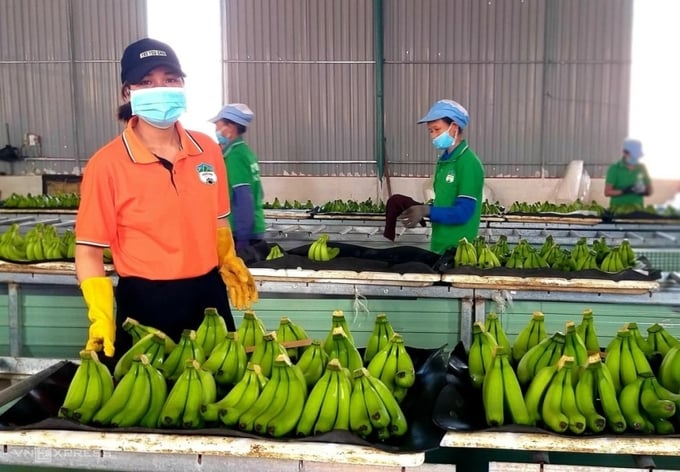
Hoang Anh Gia Lai's banana processing factory. Photo: Thi Ha.
A representative of a banana exporting business in Gia Lai stated that their products are increasingly winning the favour of South Korean consumers and are widely available in major supermarket chains like Lotte Mart. The bananas, grown in the highlands of Lơ Pang commune, Mang Yang district, Gia Lai province, are distinguished by their thick peel and rich sweetness.
Mr Dang Phuc Nguyen, General Secretary of the Vietnam Fruit and Vegetable Association, commented that the scale of fruits and vegetables imports from South Korea is continuously growing. It is expected that in the first seven months of the year, Vietnam's fruit and vegetable export turnover to South Korea will reach $ 190 million and may continue to increase sharply during the year-end festive season.
As for bananas, the South Korean market size exceeds $ 300 million annually. Therefore, this fruit still has significant potential for growth and market expansion in this country.
According to the Vietnam Trade Office in South Korea, in addition to bananas, products such as watermelon, pineapple, strawberries, grapes, mangoes, and jackfruit are also attracting the attention of South Korean consumers. To compete with other countries like Thailand and the Philippines, Vietnamese products must meet food safety standards and be packaged according to local requirements.
Translated by Hoang Duy
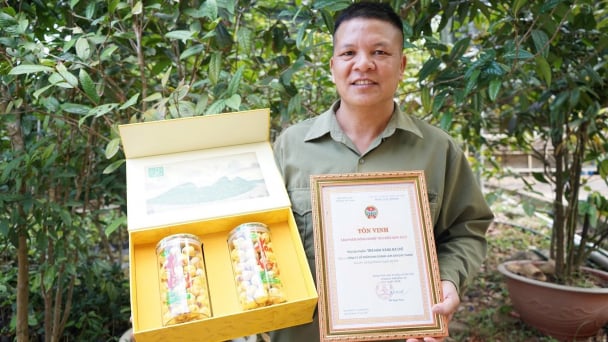
(VAN) OCOP products from Quang Ninh are gradually reaching international markets, with a focus on nationally certified 5-star products.
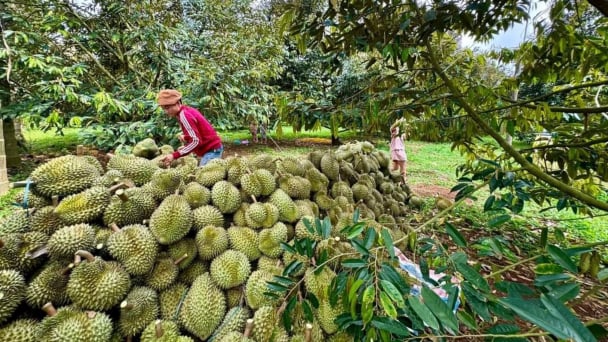
(VAN) After a sharp decline in the early months of the year, Vietnam's durian exports are experiencing a strong recovery, driving the overall rebound in fruit and vegetable exports.

(VAN) The volume of durians imported through Guangxi has surged as the region invests in logistics infrastructure and takes advantage of tariff incentives from the RCEP agreement between China and ASEAN.
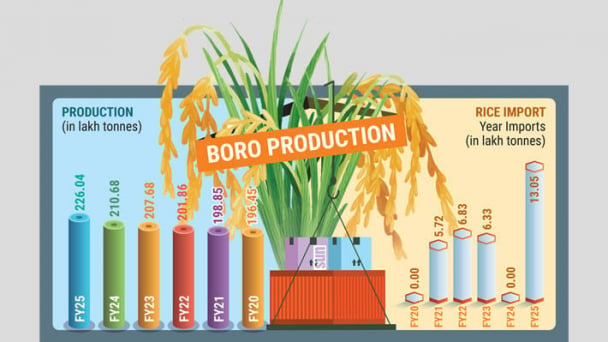
(VAN) Rice prices in Bangladesh have shot up over the past year, rising by as much as 16%, despite a record-breaking harvest this season and large volumes of imports in 2024-25 fiscal year.
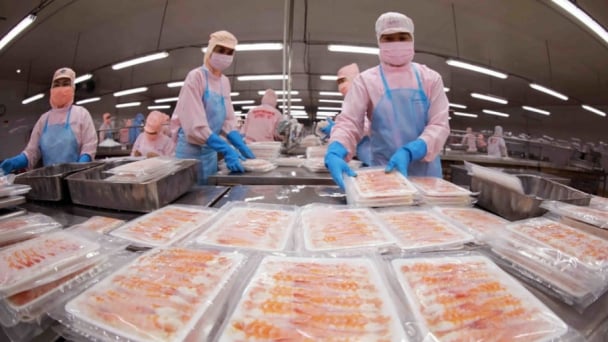
(VAN) U.S. seafood tariffs trigger major disruptions in global supply chains. Vietnam proactively shifts markets and strengthens internal capacity to maintain its export position.
/2025/07/26/1437-0-nongnghiep-221433.jpg)
(VAN) To achieve successful exports, Vietnamese agricultural products must tell a product story that aligns with current trends and reaches to the needs and emotions of international consumers.
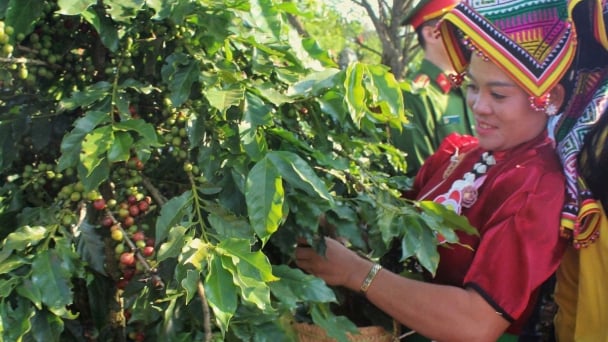
(VAN) Over 600,000 Vietnamese coffee farming households face major challenges as the EU tightens traceability and anti-deforestation requirements by the end of 2025.